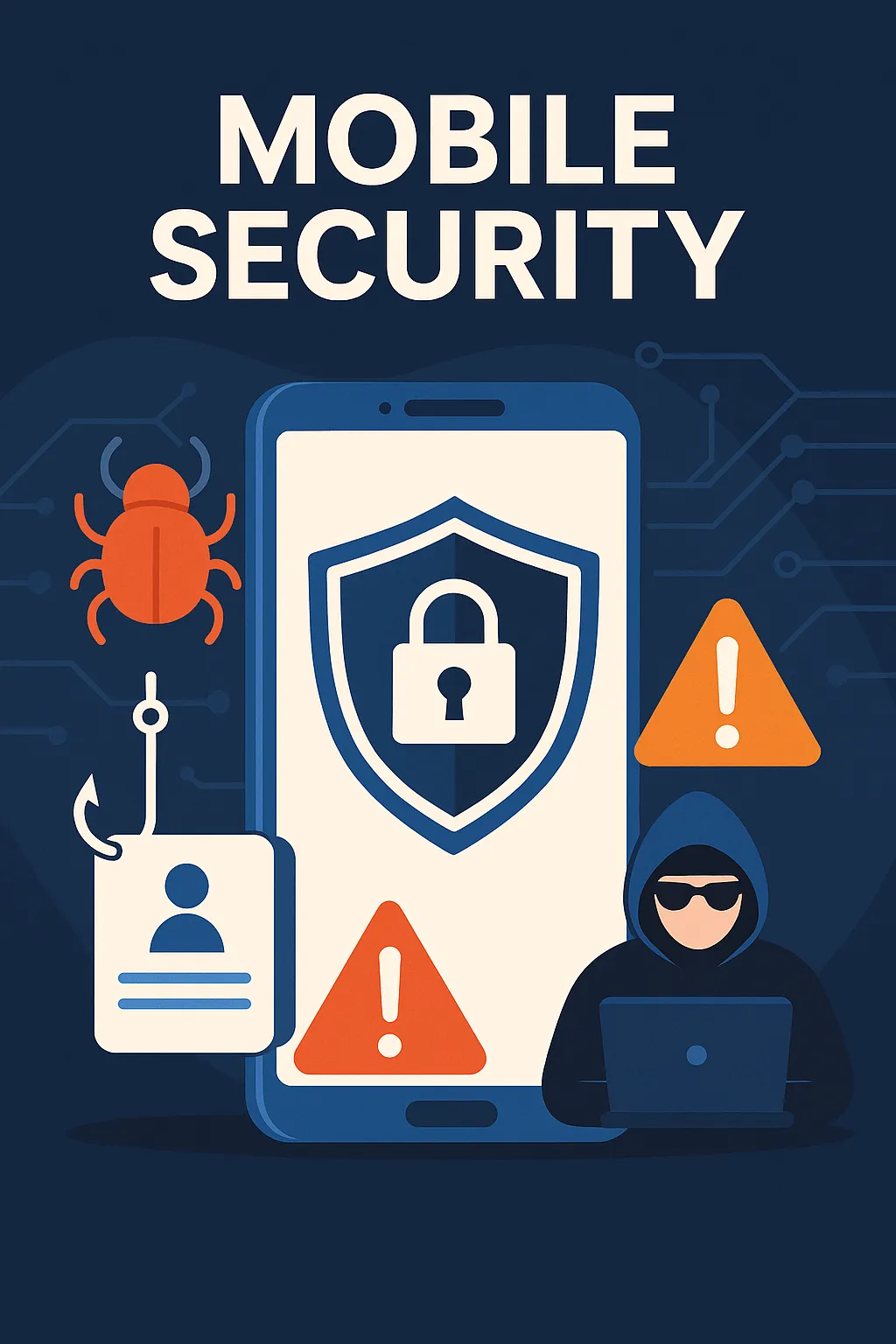Understanding and Enhancing Smartphone Security
In an era where our smartphones often hold more personal information than our homes, securing these devices has become paramount. This blog post aims to demystify the complexities of smartphone security for both technical and non-technical readers, offering practical advice for safeguarding your mobile device against potential threats.
What is Smartphone Security?
Smartphone security involves protecting your mobile device from various types of threats including malware, unauthorized access, and privacy invasions. As these devices store a significant amount of personal information, including contacts, emails, and even payment details, they can be prime targets for cybercriminals.
According to a guide on smartphone security by Apple News, like your computer, your phone can also be susceptible to viruses and hacking attempts. Security measures can range from simple settings adjustments to the use of sophisticated antivirus software.
Common Threats to Smartphone Security
1. Malware
Malware, or malicious software, can affect your smartphone in various ways. A series on mobile malware analysis points out that iOS devices, often considered more secure, are not immune to attacks. Malware can steal data, slow down your device, or even render it inoperable.
2. Data Breaches
Data breaches can occur when unauthorized individuals gain access to your phone's data, often through insecure networks or applications. This can lead to identity theft, financial losses, and significant privacy issues.
Improving Your Smartphone's Security
In light of the risks, taking proactive steps to secure your smartphone is crucial. A guide by Kurt Knutsson outlines several simple measures that can significantly enhance your phone's security, such as:
- Regularly updating your operating system and apps to patch security vulnerabilities.
- Using strong, unique passwords for device access and various apps.
- Enabling two-factor authentication where available to add an extra layer of security.
- Being wary of unsolicited downloads or links, which can be disguised attempts to install malware.
Further complexities arise when dealing with an infected device. Analysis of an infected device emphasizes the importance of timely identifying and removing threats to prevent further damage.
Cybersecurity Insights
As a cybersecurity expert, I recommend not only following these steps but also adopting a mindset of continuous vigilance. Be aware of the latest security threats and the measures you can take against them. It's also worth investing in a reliable security app and considering the security infrastructure of the apps you download.
Moreover, avoid using public Wi-Fi for transactions or sensitive communications, as these networks can be hotspots for cyberattacks.
Conclusion
Smartphone security is a dynamic field that requires both awareness and proactive measures. By understanding the threats and implementing robust security practices, you can significantly reduce the risks associated with your mobile devices.
Remember, the goal is not just to protect your smartphone, but to safeguard the personal information it holds, thereby protecting your overall digital life.
